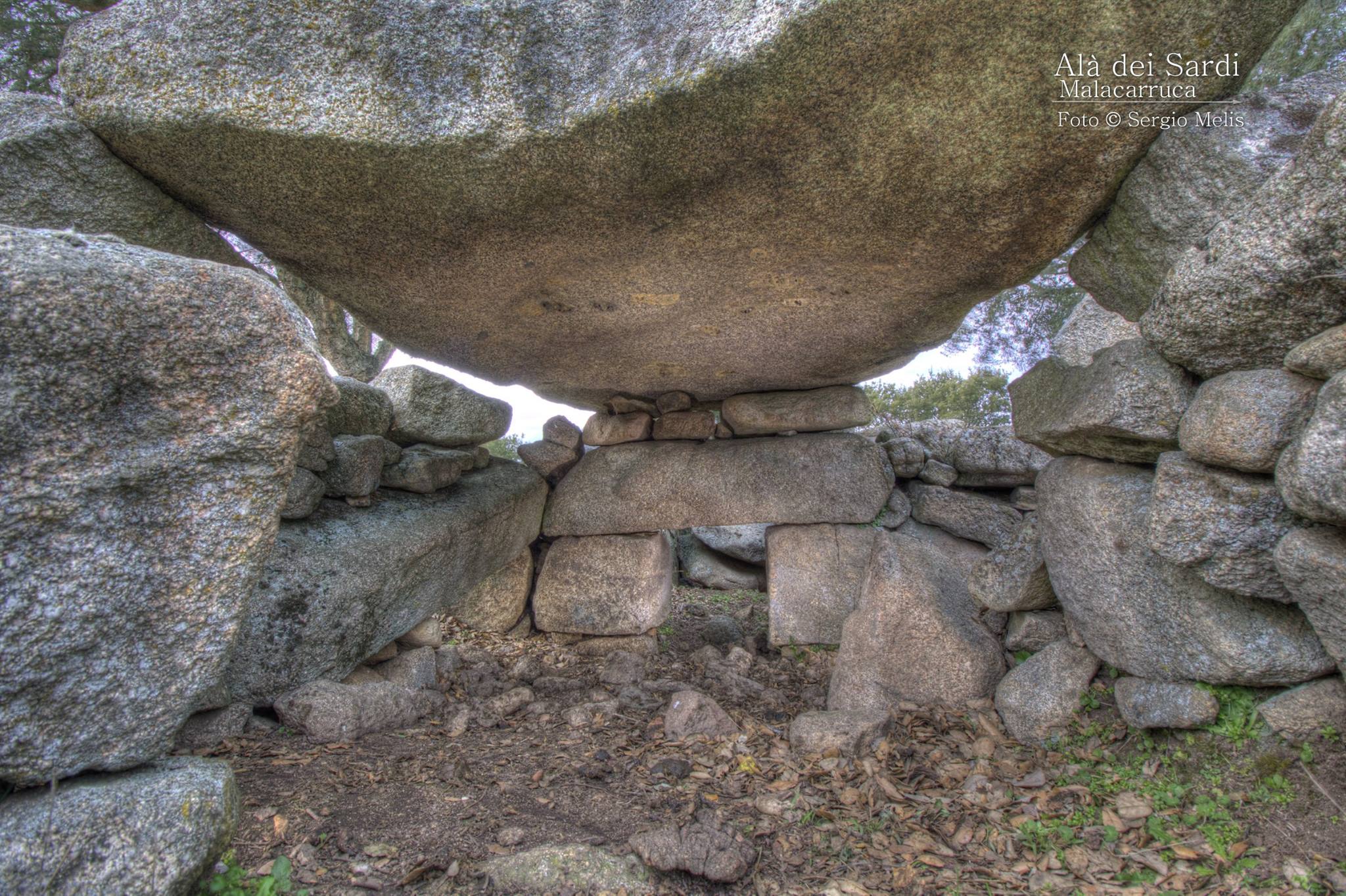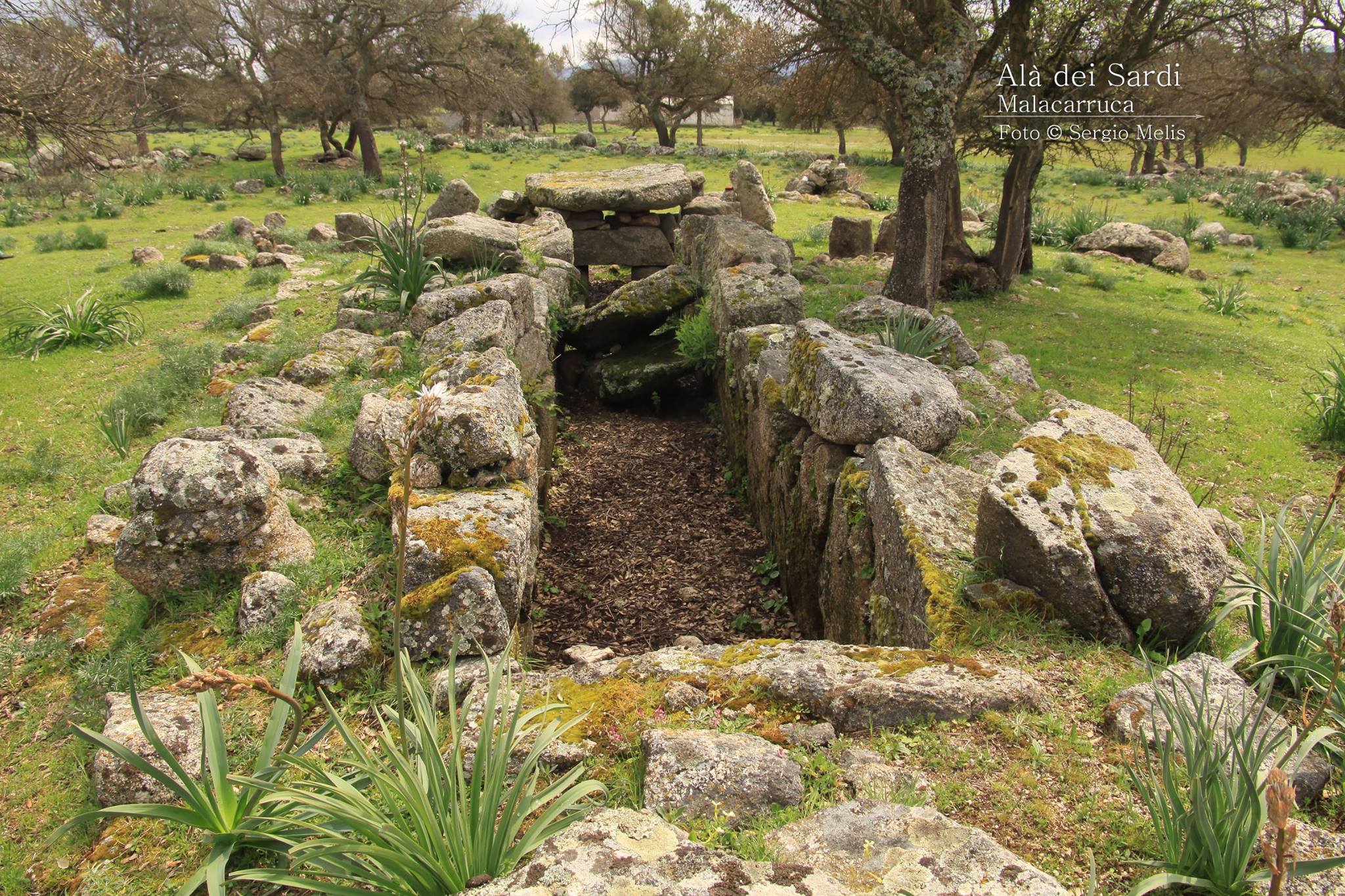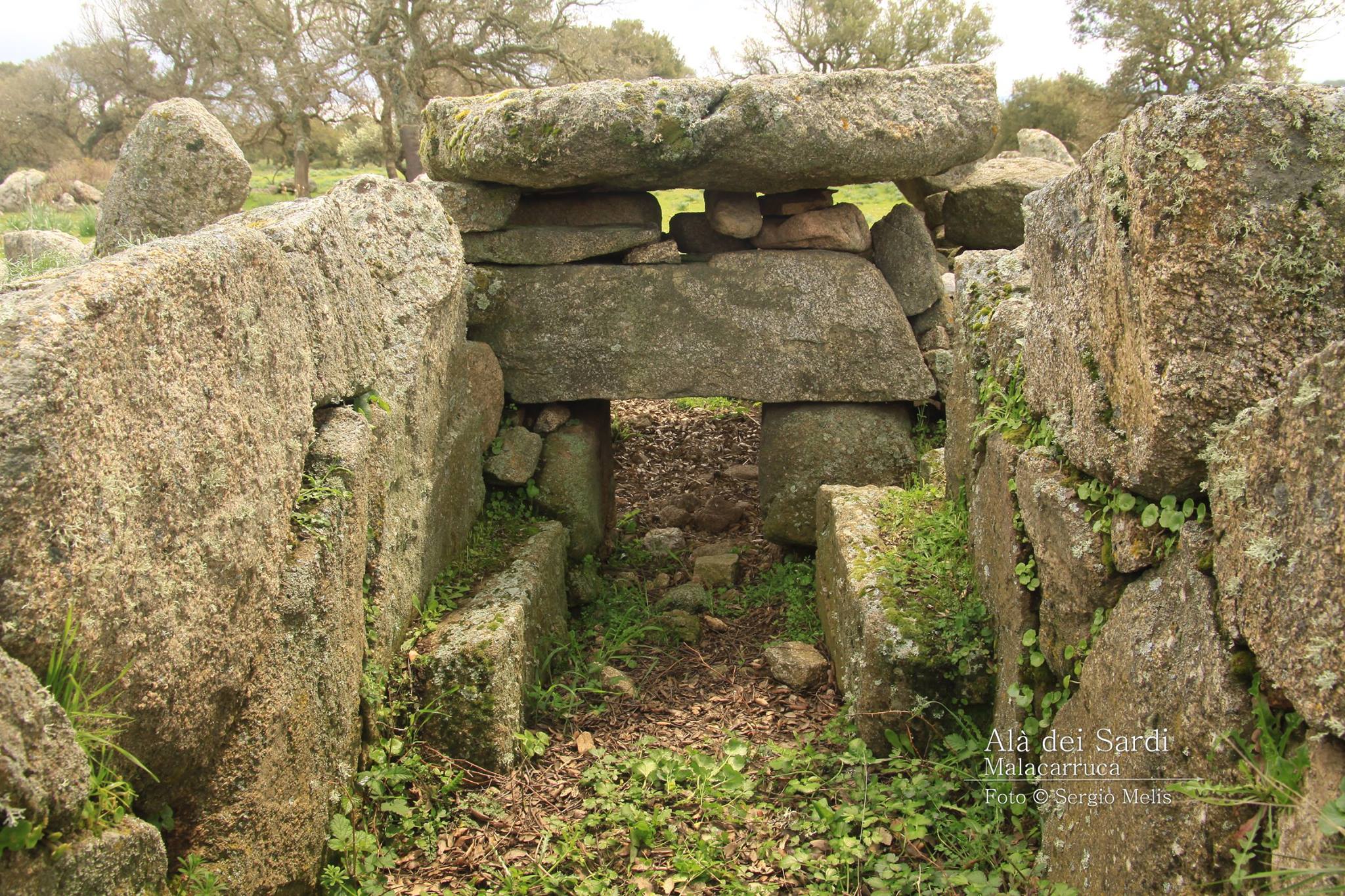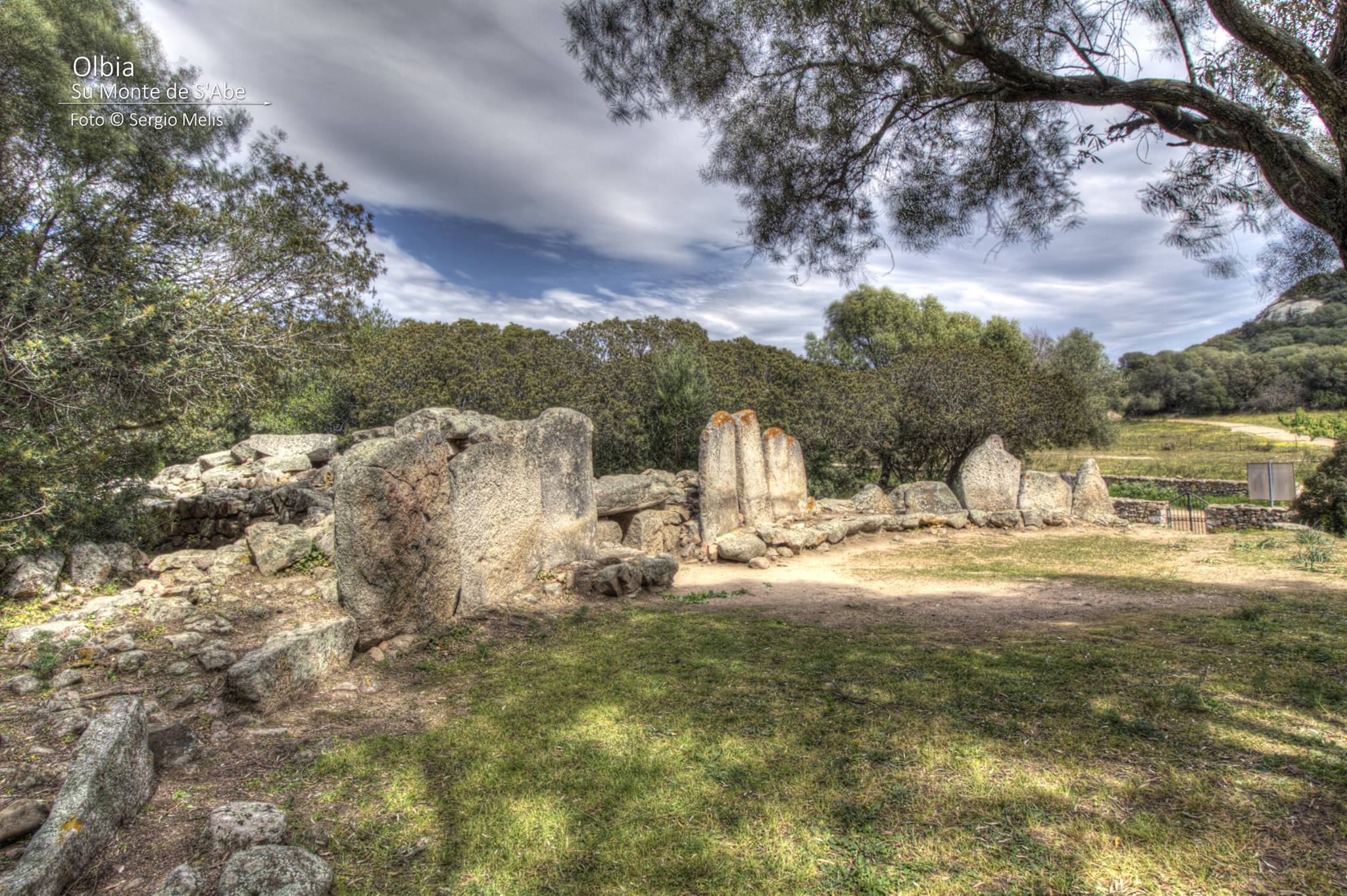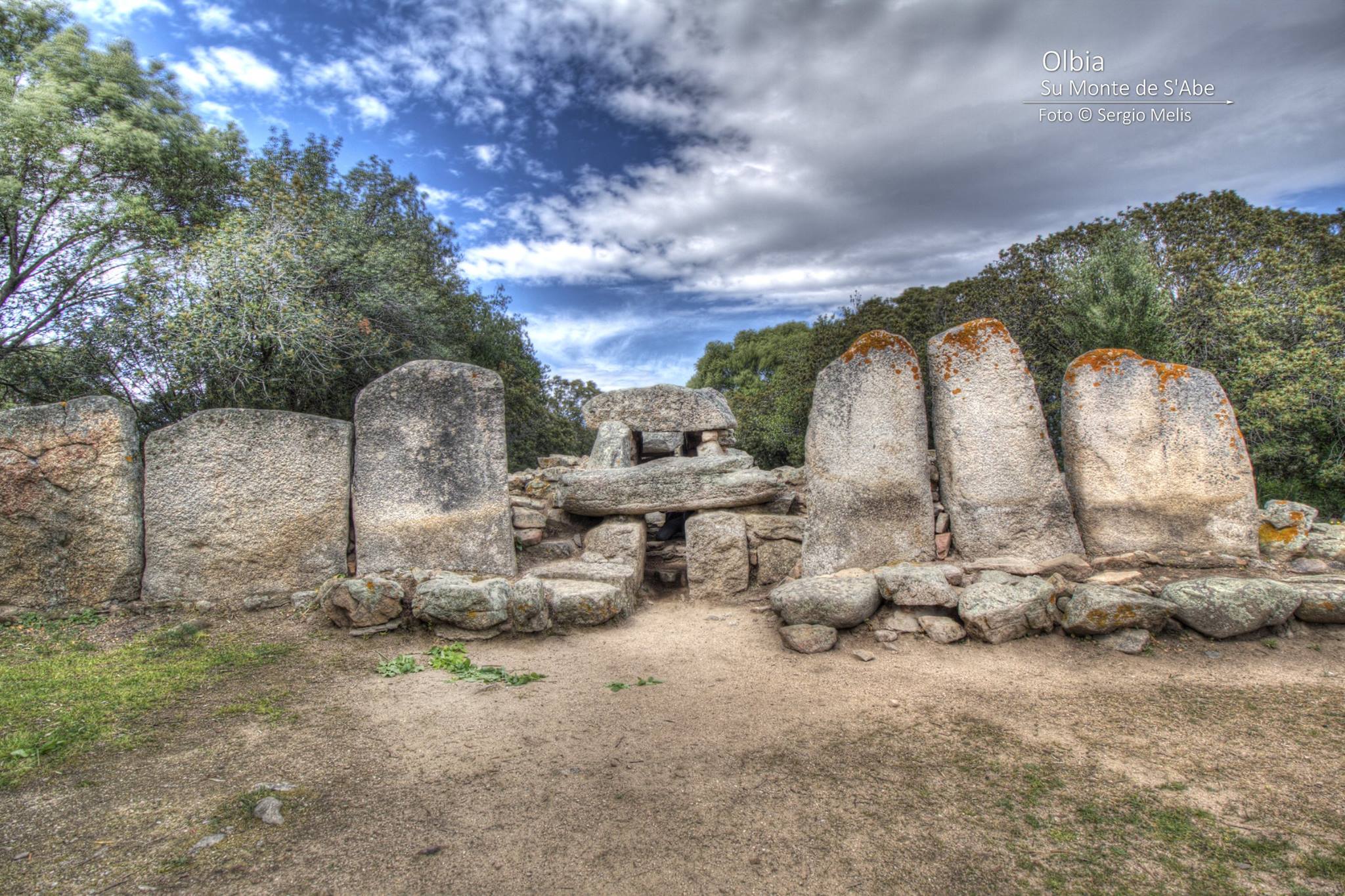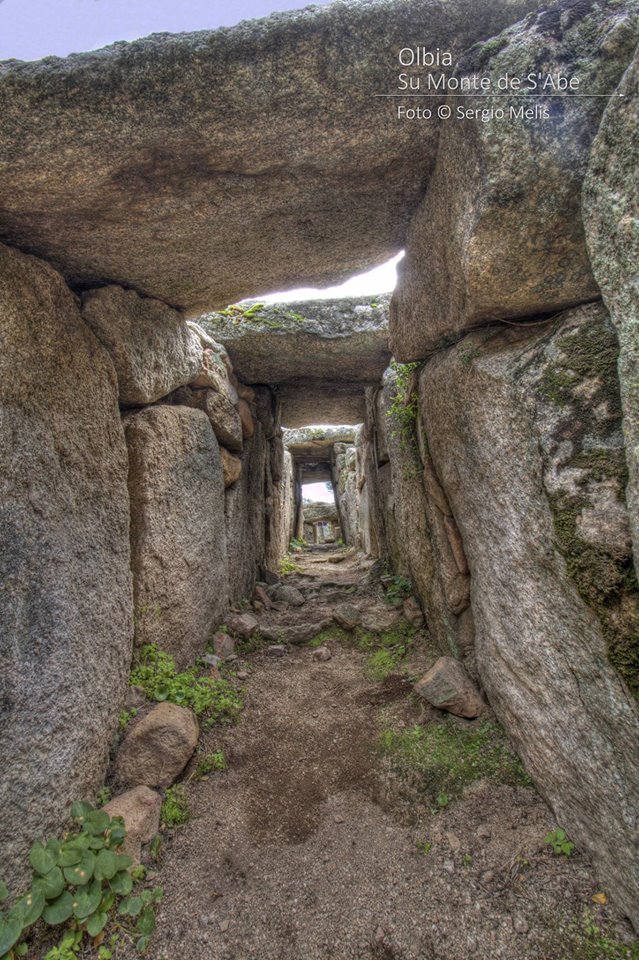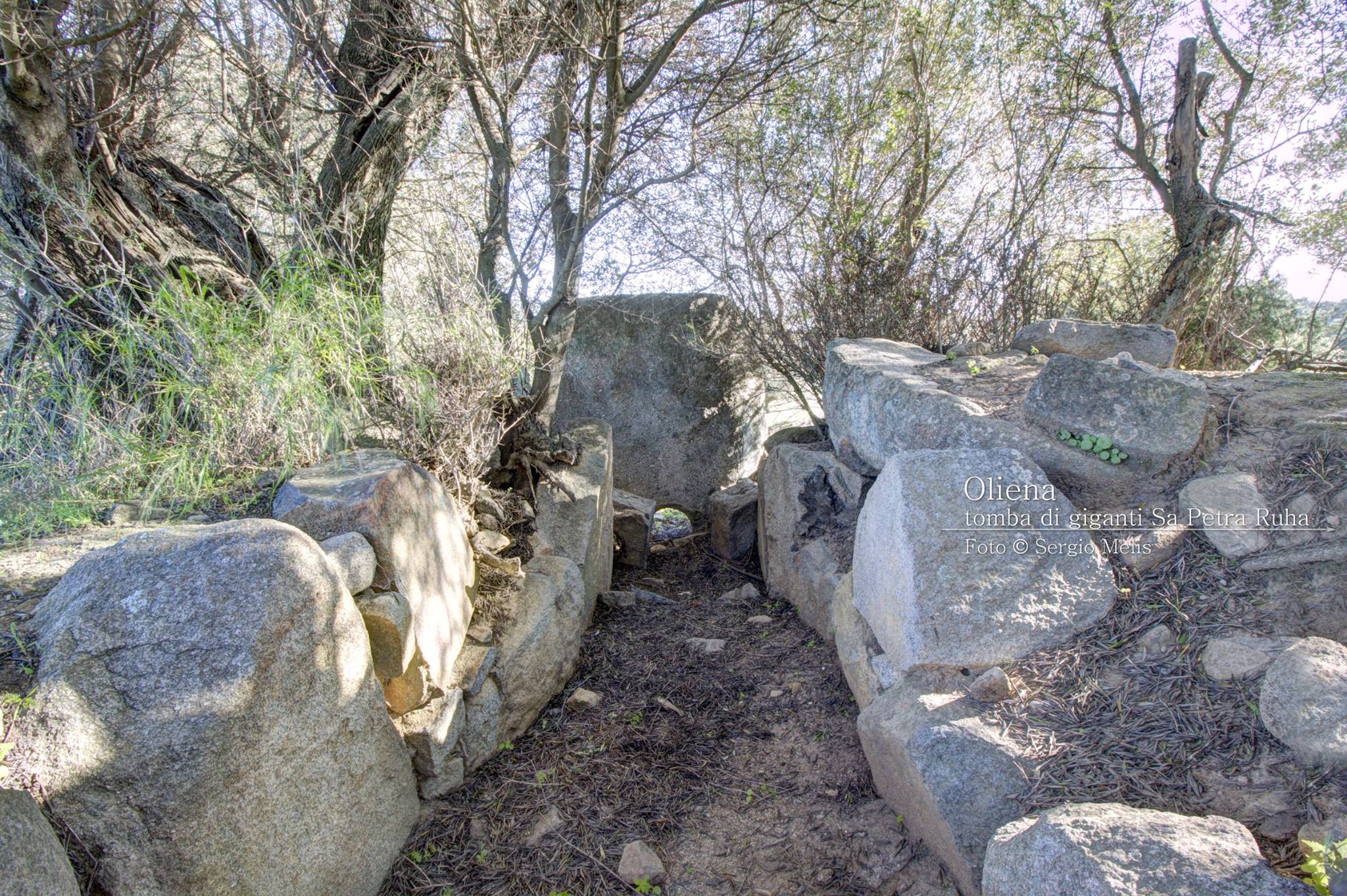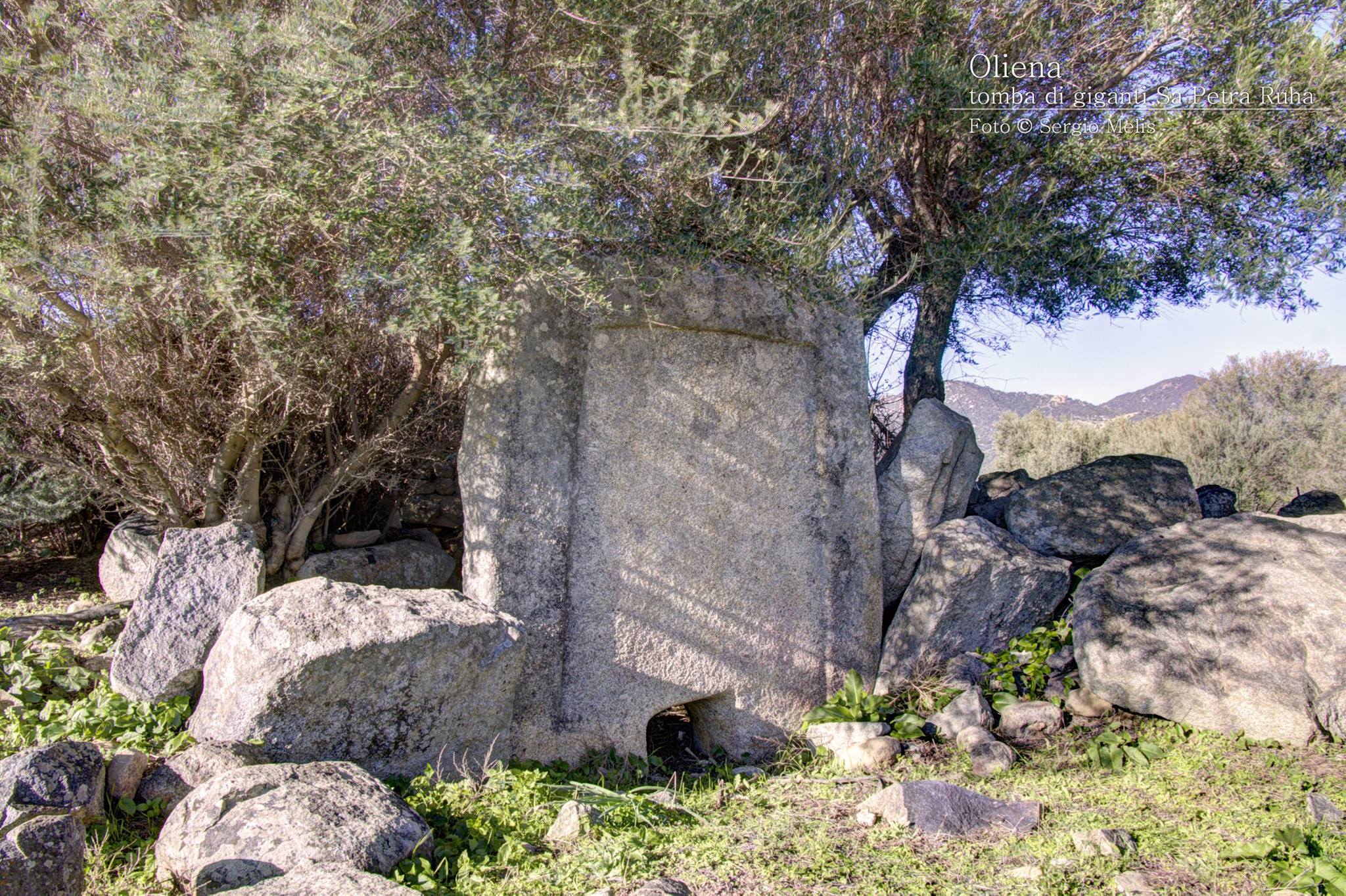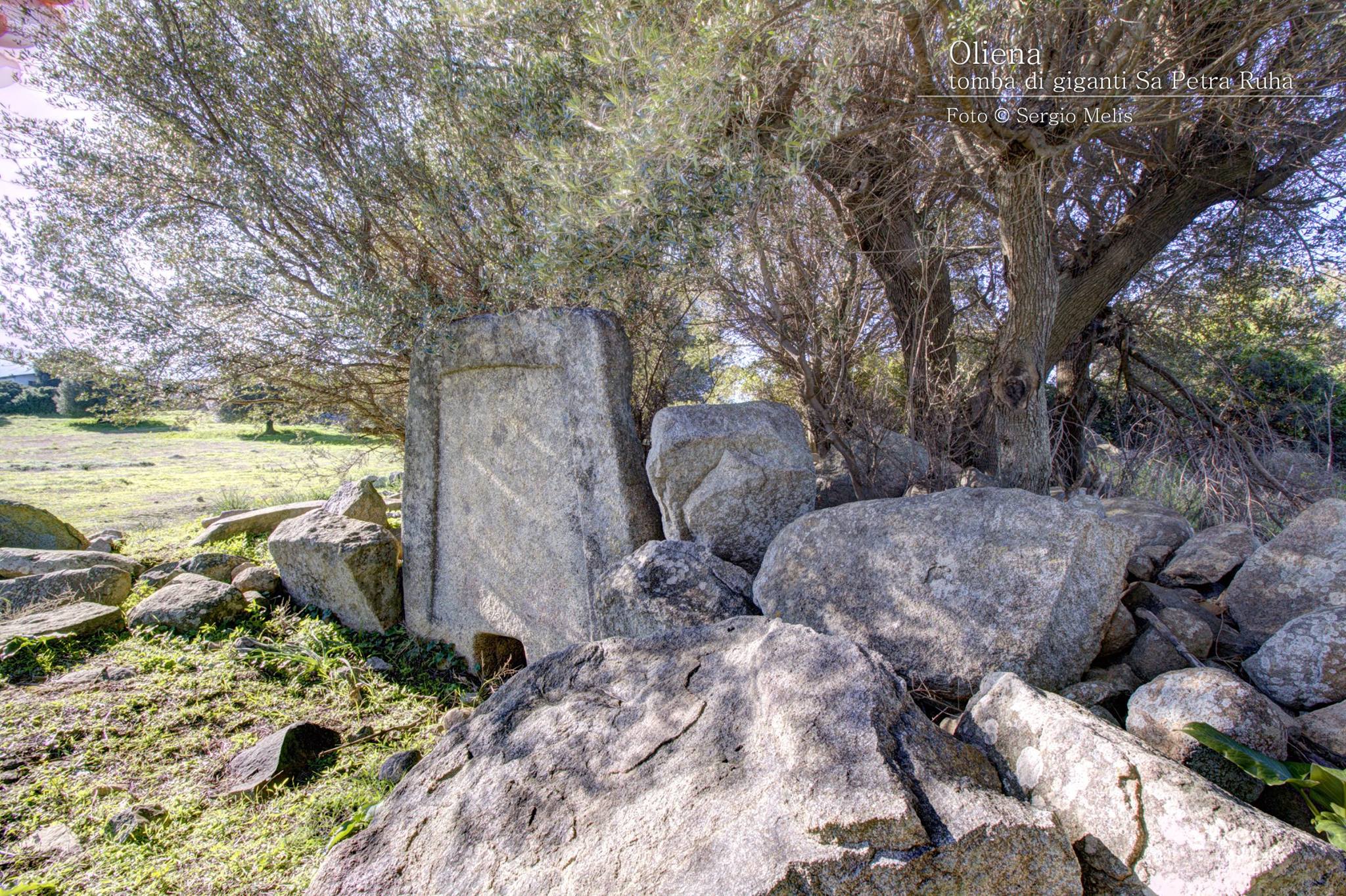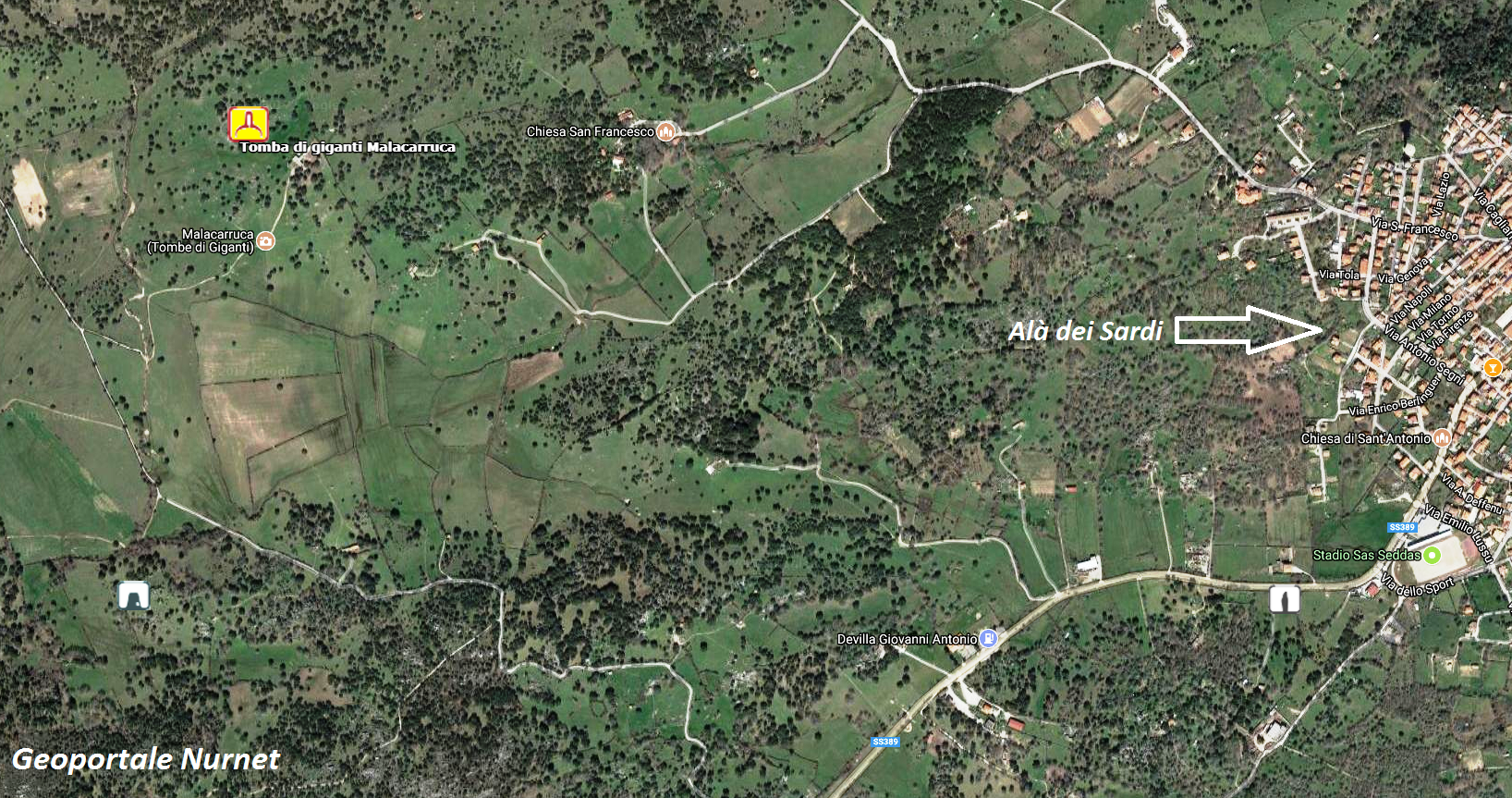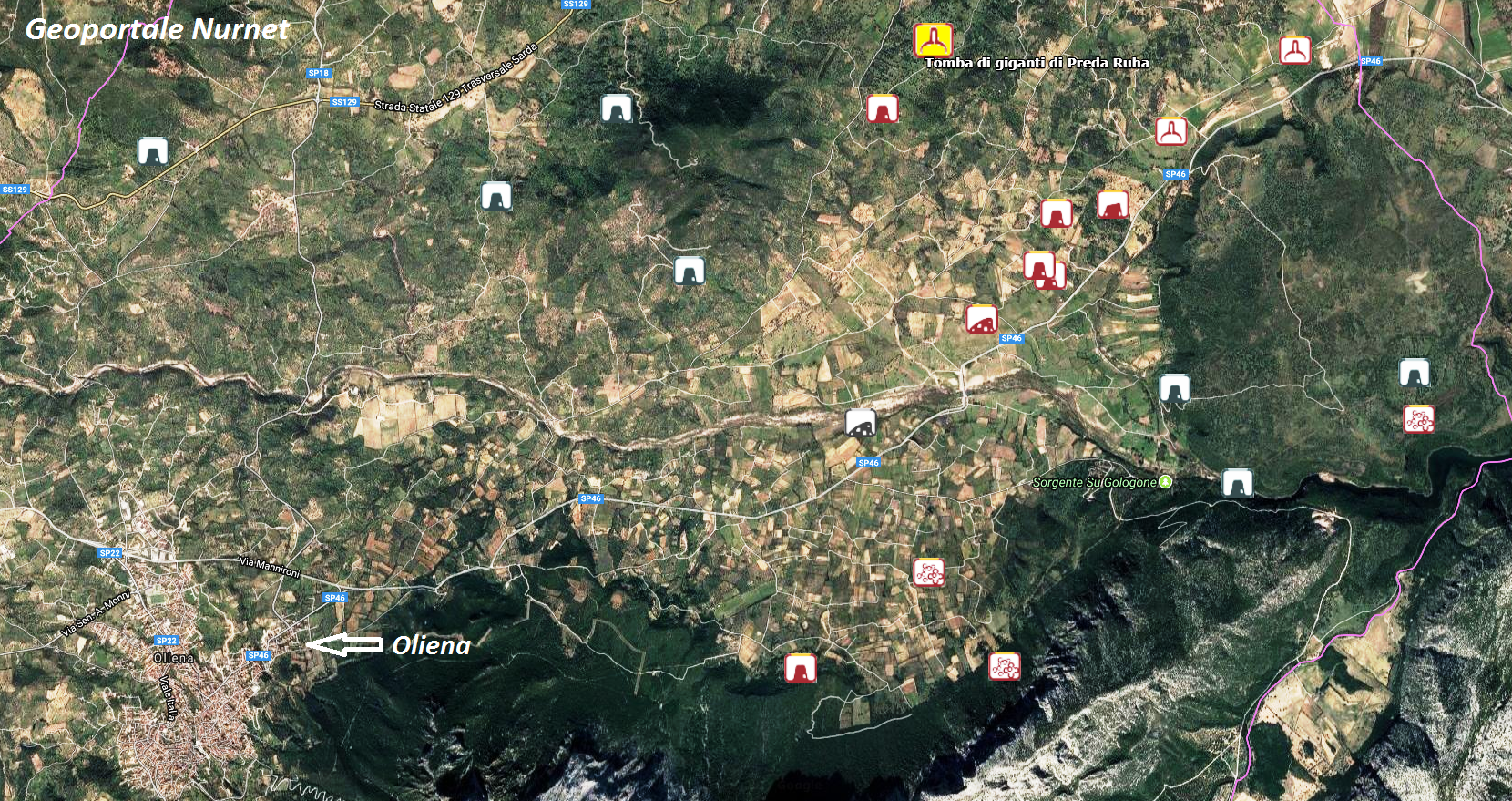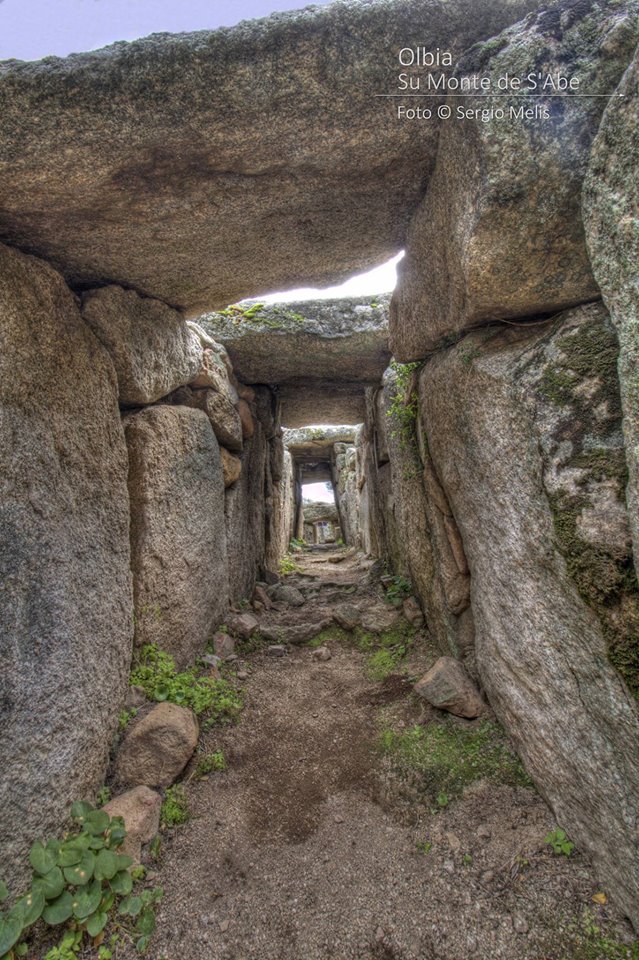<< …Due to the violations that have affected the tombs throughout time, it is quite difficult to find intact burials, and therefore the nature of the ritual for the deposition of the deceased is still a topic of discussion. However, it is thought that secondary burials took place: the bodies were first skinned through prolonged exposure outdoors in ceremonial areas (perhaps, the exedra itself), and then only the bones were placed inside the tomb. The hypothesis of a primary deposition of the deceased in their entirety (“inhumation”), however, cannot be completely disregarded. Who was buried in the tombs of giants? This question is still a topic of debate among scholars. The traditional hypothesis sees, in the tombs of giants, the collective burials of an entire village, without distinction of rank and without any intent of social ostentation in the funerary goods. This, however, may also be true for the older tombs, which are not coincidentally the largest and capable of hosting numerous burials; it is reasonable to think that, over the course of its evolution, Nuragic society ended up seeing the emergence of some family groups over the rest of the tribe (the ‘ante litteram’ aristocracies), for which the use of a indistinct collective funerary ritual is certainly not hypothesizable: at this stage, probably, the tombs of giants became true family or “clan” burials, although in this case it becomes difficult to explain what the burials of common people were like …>>. (from “Civiltà Nuragica” by Paolo Melis – Carlo Delfino Editore 2003).
The images of the tombs of giants of “Malacarruca” (Alà dei Sardi), “Su Monte de s’Abe” (Olbia), and “Petra Ruha” (Oliena) are by Sergio Melis.